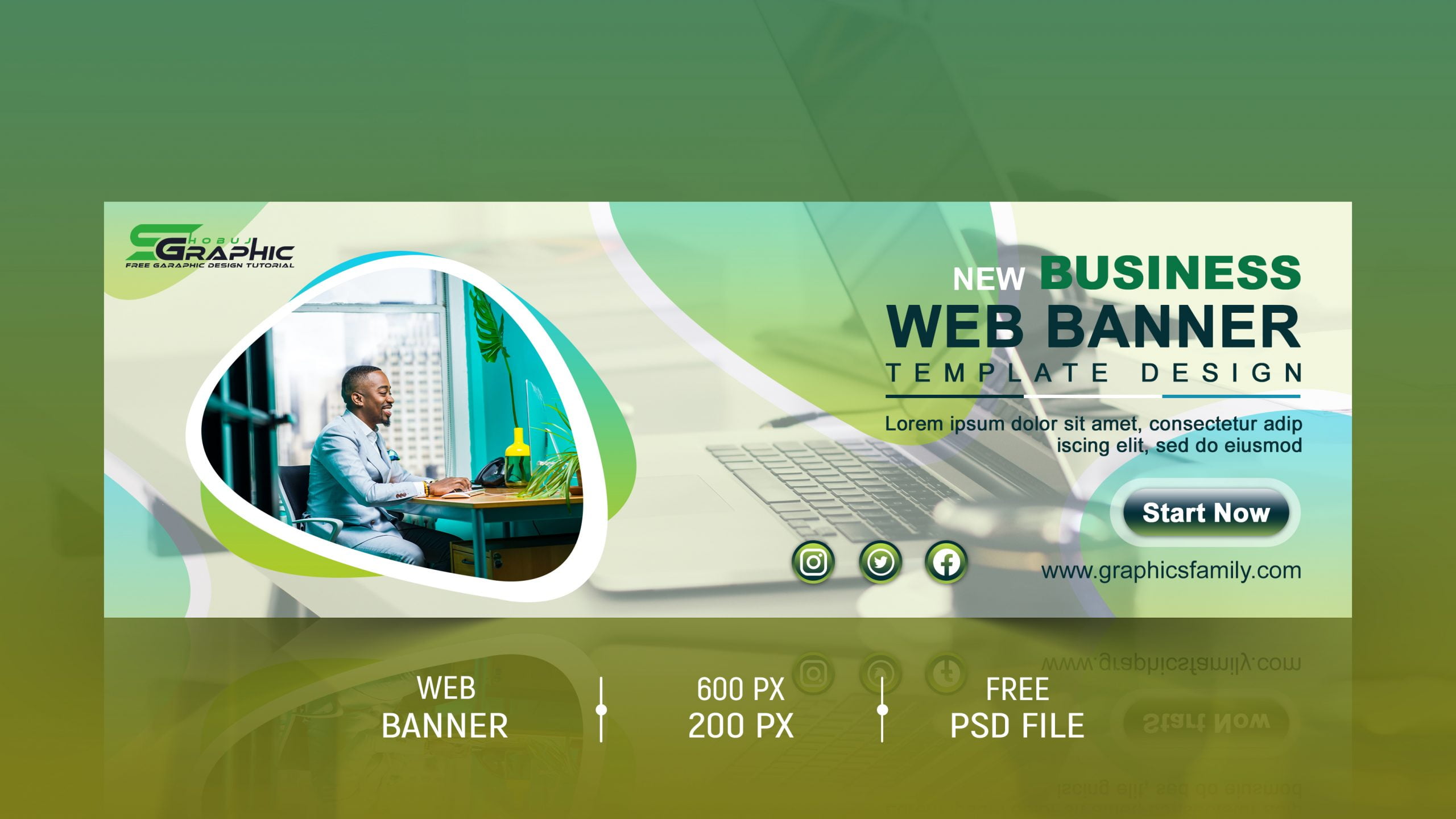Ahlian Jian Insights
Exploring the latest trends and news in various fields.
Designing Delight: How Graphic Choices Shape Web Experiences
Unlock the power of design! Discover how graphic choices elevate web experiences and captivate your audience. Dive in now!
The Impact of Color Psychology in Web Design: Creating Emotional Connections
The use of color psychology in web design plays a crucial role in shaping user behavior and emotional responses. Different colors evoke specific feelings and can influence a visitor's perception of a brand. For instance, blue often conveys trust and reliability, making it a popular choice for corporate websites. Similarly, the warmth of red can generate excitement and urgency, often utilized in calls to action. By understanding these associations, designers can strategically select a color palette that aligns with their brand's message and values, enhancing the overall user experience.
Moreover, the impact of color extends beyond initial impressions; it also affects user engagement and conversion rates. Studies have shown that color can influence decision-making and lead users to feel certain ways about a product or service. For example, utilizing green in a design can evoke feelings of calm and relaxation, potentially leading to increased time spent on a site. To effectively harness color psychology, web designers should consider conducting A/B testing to determine which colors resonate best with their audience. This approach not only boosts emotional connections but also drives users toward desired actions.

Typography Matters: How Font Choices Influence User Experience
Typography is a crucial element of design that significantly impacts user experience. The choice of font can influence how content is perceived, read, and understood. For instance, serif fonts are often associated with tradition and reliability, making them suitable for formal content like newspapers and academic publications. In contrast, sans-serif fonts are seen as modern and clean, making them ideal for digital interfaces. This distinction can affect users' emotional responses and their overall engagement with the content.
Additionally, the size, spacing, and color of fonts play a vital role in readability and accessibility. A well-chosen font can enhance comprehension, while poor choices can lead to user frustration and increased bounce rates. For example, an appropriate line height and letter spacing can improve text legibility, making it easier for users to digest information. Therefore, investing time in selecting the right typography is essential in crafting a compelling user experience that keeps visitors returning.
Are Your Graphic Choices Enhancing or Hindering Web Engagement?
In the digital landscape, the choice of graphics on your website can significantly influence user engagement. Graphic choices encompass everything from color palettes to image quality and layout design. Effective visuals can capture attention, evoke emotions, and communicate brand values. Conversely, poorly executed graphics can create confusion, lead to high bounce rates, and diminish the overall user experience. It's essential to evaluate how your current graphic elements contribute to or detract from visitor interaction. Consider asking these questions:
- Are the graphics consistent with your branding?
- Do they enhance the content or distract from it?
To ensure your graphics are enhancing web engagement, focus on clarity and relevance. Incorporating high-quality images that align with your message not only improves aesthetic appeal but also reinforces your content’s purpose. Additionally, simplicity plays a critical role; cluttered or overly complex graphics can overwhelm readers. Instead, strive for a balanced approach where graphic choices support the narrative flow. Using whitespace effectively and choosing complementary colors can further enhance user experience and encourage deeper exploration of your site.